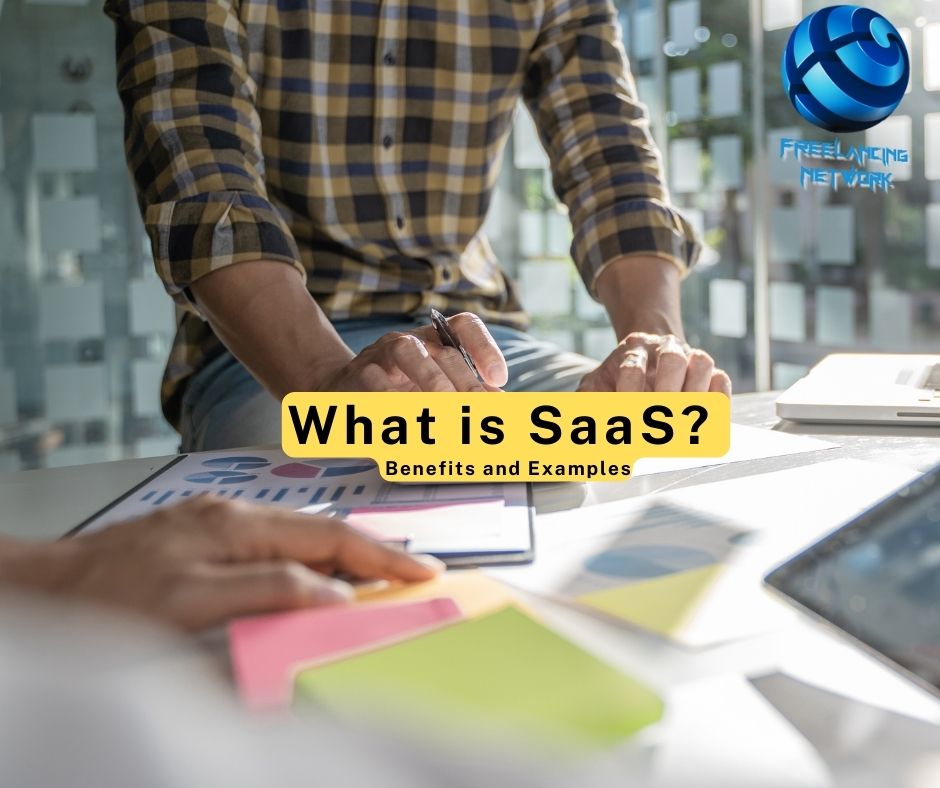SaaS, or Software as a Service, is the delivery of software over the Internet. It’s often used for business applications and can be hosted by the provider or on your own servers.
SaaS stands for Software as a Service, which is a software delivery model where software applications are provided over the internet. In this model, users access the software through a web browser or a mobile app, rather than downloading and installing the software on their local devices. SaaS providers host and maintain the software, and users pay a subscription fee to access it.
This model is popular for business applications because it allows for flexibility, scalability, and cost savings.
The benefits of SaaS include:
- Flexibility – You don’t have to worry about buying hardware or software licenses; you only pay for what you use.
- Scalability – If your business grows, so does its ability to scale up with new users and functionality without having to make major changes in infrastructure or architecture.
- Reliability – Since there are fewer moving parts involved when using SaaS apps compared with traditional on-premises solutions (such as desktop programs), they tend to be more reliable than their counterparts because there aren’t any bottlenecks created by poor performance due to outdated hardware/software configurations (e.g., slow internet speed).
Examples of SaaS
- Microsoft Office 365
- Salesforce
- Google Apps
- Dropbox
Advantages of SaaS
- Lower costs: SaaS is cheaper than traditional software because you only pay for what you use. You don’t have to buy an entire copy of the software, install it on your computer and maintain it.
- Increased scalability: You can easily add or remove users as needed without having to worry about upgrading or downgrading versions of your software.
- Faster deployment: Once you’ve signed up for a plan with a SaaS provider, all you need to do is log in and start working–there’s no installation process involved!
Disadvantages of SaaS
In the world of SaaS, you don’t own the software. Instead, you pay for access to it on an ongoing basis. This means that if your business needs change and you need more features or functionality than what’s offered in a particular SaaS product, there’s no way for you to upgrade it yourself (unless the vendor offers custom development).
You also have less control over security because some third party has control over your data–and they may not be as good at keeping it safe as someone who owns their own servers would be. And finally, because SaaS products are generally built with limited customization in mind (to keep things simple).
This means that many features won’t be available out-of-the-box–and if they are available at all then they’re probably hardcoded into the core codebase rather than being customizable via user interface elements like buttons or dropdown menus
Learn More
What is Fiverr and how to start Freelancing on Fiverr | Complete Guide

